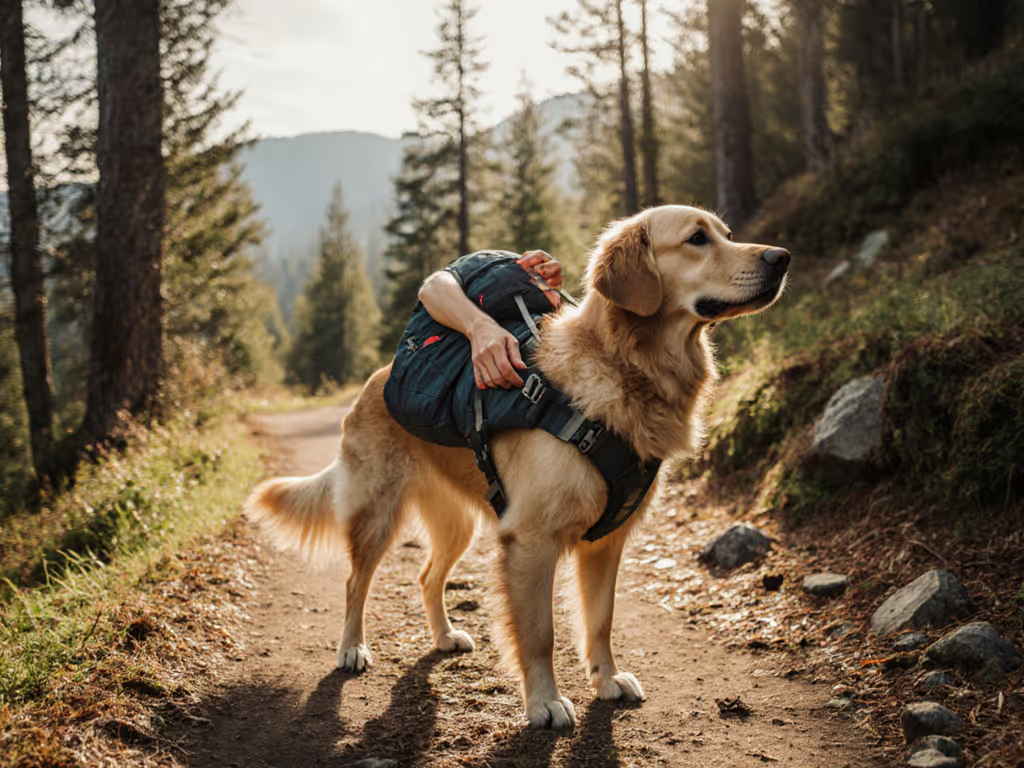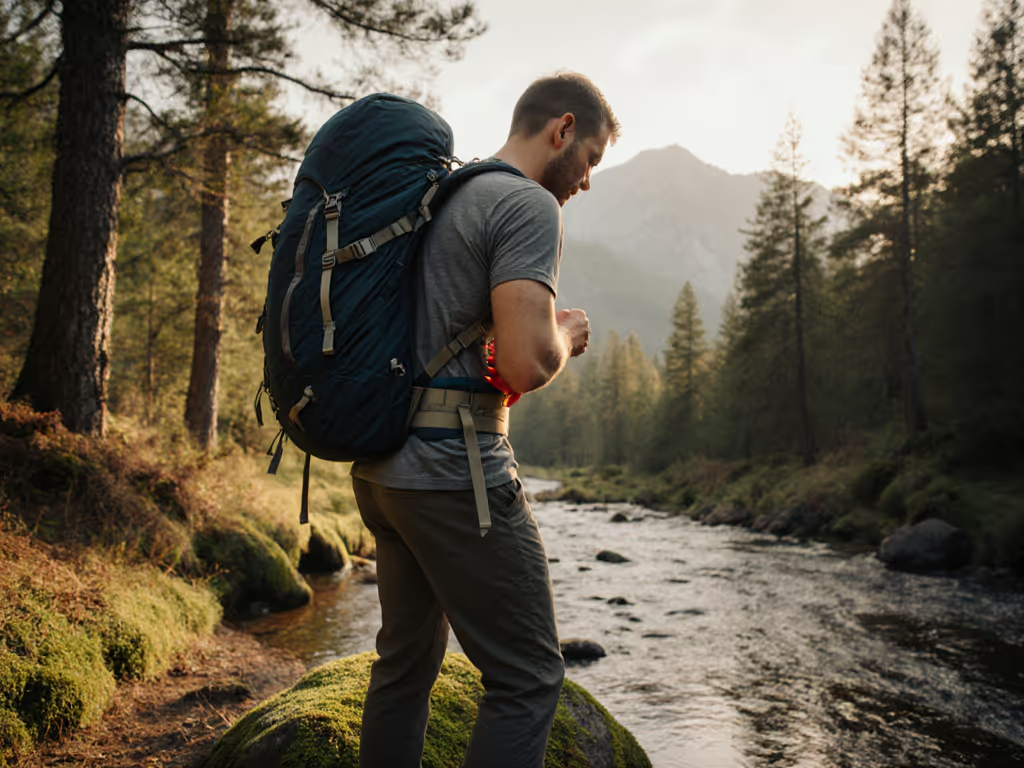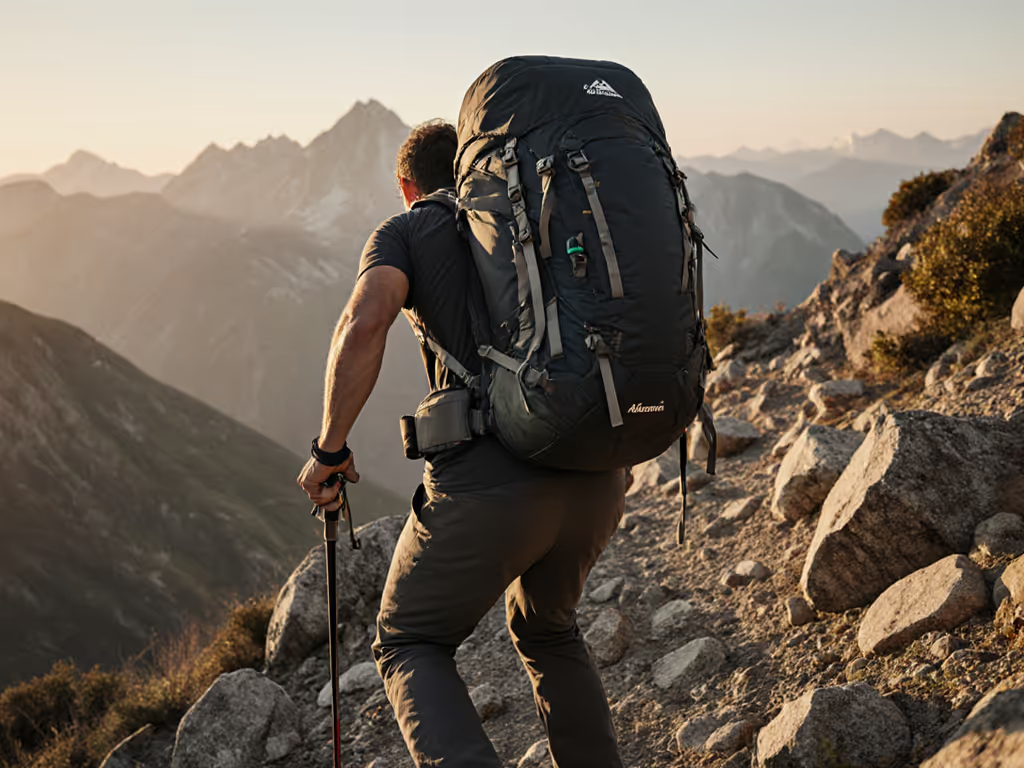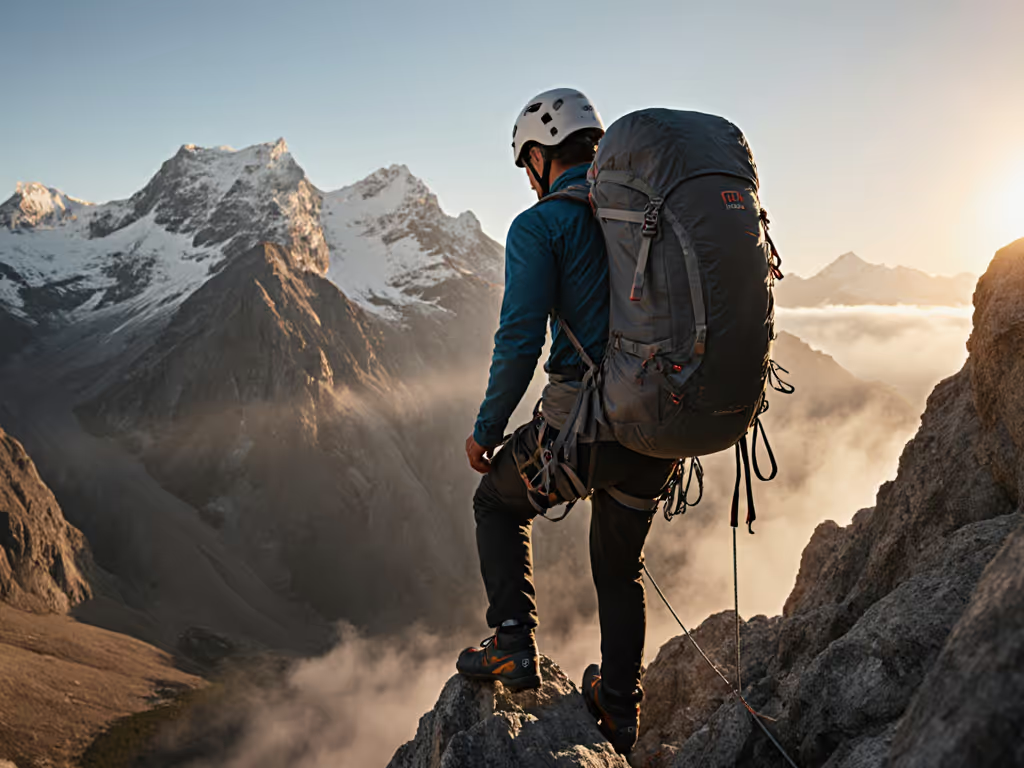
How to Choose the Best Backpack for Seniors with Back Issues: 7 Expert-Backed Tips for Pain-Free Hiking

You deserve to keep hiking without nagging pain, and the best backpack for seniors with back issues can make the difference between cutting a day short and finishing with a smile. When a pack works with your body, it transfers weight to the hips, stabilizes your load, and softens impact on each step. Yet many hikers accept discomfort as “normal.” What if the right fit and a few smart choices could free up energy and confidence? In this guide, we translate ergonomics into plain language, spotlight research-backed features, and share practical field takeaways from Hiking Pack Fit’s testing and fit database.
As you read, you will see how small design details add up: the angle of a hipbelt, the curve of shoulder straps, and even where you stash your water bottle. We will also show you how Hiking Pack Fit uses a diverse fit database for backpack recommendations, real-world testing and reviews, and guidance for older hikers to reduce trial-and-error. Along the way, you will get specific steps you can apply today, whether your passion is bird photography, alpine lakes, or gentle rail-trails.
Why Pack Choice Matters for Aging Backs
Backs change with time. Muscle mass declines, discs may lose height, and recovery windows stretch, which can magnify the effect of a poorly fitted pack. Ergonomics research consistently shows that a supportive hipbelt and stable suspension shift most carried weight to the pelvis, easing spinal load and reducing muscle fatigue. That is why older hikers often feel a night-and-day difference when moving from a floppy daypack to a light internal-frame design. If a pack sags or sways, each step multiplies torsional stress on the lower back, especially on uneven terrain and downhill sections.
Fit also interacts with pace and terrain. On long, rolling trails, consistent load transfer spares your back by spreading force across the hips and glutes. On steep climbs, load lifters help fine-tune the pack angle to maintain a low center of gravity and keep pressure off the lumbar region. Ventilated back panels reduce sweat, which sounds minor until wet fabric begins to tug on your shirt and alter shoulder strap tension. When you add trekking poles and sensible breaks, the system starts to feel less like “hauling weight” and more like “wearing support.”
Best Backpack for Seniors with Back Issues: What Matters Most
Two priorities lead the way: fit and stability. Torso length must match your body, and the hipbelt should wrap the iliac crest bones with gentle, even pressure. Many seniors prefer contoured shoulder straps that do not dig into the neck and a lumbar pad that fills space without poking the spine. A well-tuned sternum strap can open the chest and relax the trapezius muscles, especially late in the day. If you have a history of lower back pain, prioritize an internal frame with vertical stays over frameless designs for better load transfer.
Watch This Helpful Video
To help you better understand best backpack for seniors with back issues, we've included this informative video from Pack Hacker. It provides valuable insights and visual demonstrations that complement the written content.
Weight matters, but not at the expense of support. An ultralight pack can be excellent if its frame and belt fit you, yet shaving ounces (oz (ounces)) by removing padding or structure may backfire. Look for compression straps to snug the load close, side pockets for balanced water carry, and easy-access front panels to avoid awkward twisting. For activity-specific needs, specialized organization helps: padded camera cubes for photography, rod tubes for fishing, and rope-ready lash points for climbing. Hiking Pack Fit reviews durable and repairable packs verified by field tests, highlighting models that balance low weight, real support, and long-term serviceability. For models built specifically with older hikers in mind, browse our senior-friendly backpack test results.
7 Expert-Backed Tips for Pain-Free Hiking
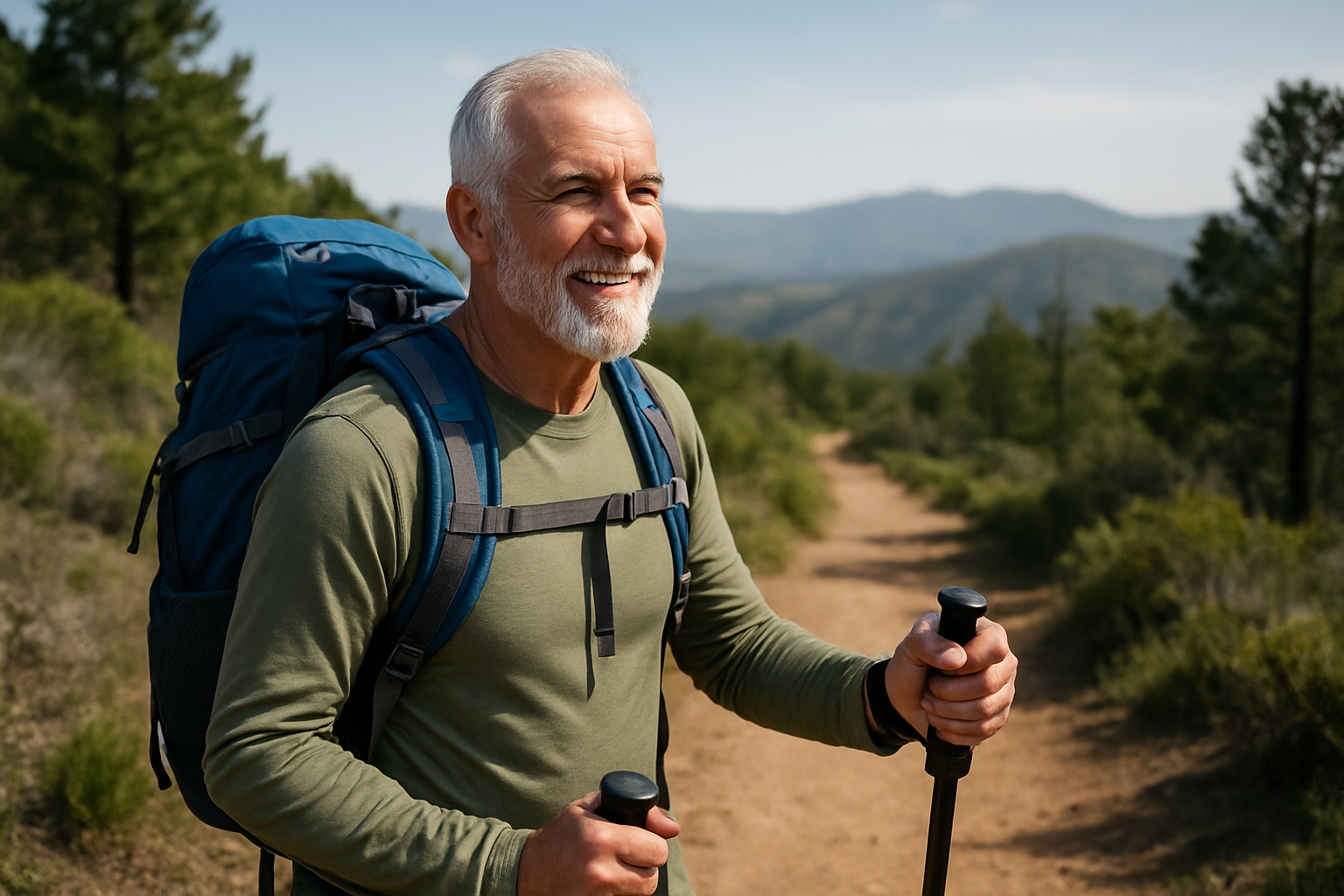
- Get Fit Right Before Features. Measure your torso length and hip circumference carefully, and test multiple sizes. The correct size lets the frame do the heavy lifting instead of your shoulders. Use load lifters to set a 30 to 45 degree line to the pack, then micro-adjust the hipbelt angle to eliminate hot spots.
- Make the Hipbelt Your Powerhouse. A firm but forgiving belt transfers load to the pelvis, where your body is built to carry weight. Prefer dual-density foam such as EVA (ethylene-vinyl acetate) with a supportive lumbar pad. If you feel numb shoulders or neck tension, loosen shoulder straps slightly and retighten the belt first.
- Prioritize Stable Suspension. Internal frames with aluminum (Aluminum) stays or a framesheet reduce sway that can aggravate the lower back. Compression straps and a snug harness keep mass close to your body for better balance. Avoid tall, floppy loads that shift with each step.
- Dial in Shoulder Straps and Sternum Strap. S-shaped straps reduce collarbone pressure while keeping the chest open. Keep the sternum strap at armpit height to relieve the trapezius and stabilize the pack on sidehills. If tingling arises in your hands, the harness is likely too tight.
- Use Organization to Avoid Twisting. Side water pockets you can reach prevent awkward mid-hike contortions. Front-panel or U-zip access lets you retrieve a jacket or camera without unloading everything. For photographers, modular inserts keep lenses centered so weight stays balanced.
- Lighten the Load Where It Counts. Start with footwear, water management, and insulation; shedding a few pounds (lbs (pounds)) from gear can feel like years off your knees and back. Choose a pack weight appropriate to your typical carry, not your maximum. If your base kit is minimal, a lighter but well-supported pack may suffice.
- Practice the Two-Minute Tune-Up. At each break, retighten the hipbelt, slightly adjust load lifters, and re-compress the main compartment. Small tweaks restore support as padding compresses through the day. Finish by checking that heavy items ride mid-back and close to your spine.
Comparison Tables for Seniors’ Comfort
Sometimes the fastest path to clarity is a side-by-side view. Use the tables below to match features with your needs, then test them with a realistic load such as two liters (L (liters)) of water, a warm layer, and your usual snacks. If you are unsure about the right frame or harness style, Hiking Pack Fit’s diverse fit database for backpack recommendations can quickly narrow options based on common body measurements, posture, and activity category. That way, you do not wade through dozens of designs guessing at what might work for your back.
| Feature | Why It Helps Seniors with Back Issues | What to Watch |
|---|---|---|
| Internal Frame with Stays | Transfers weight to hips and resists sway on uneven trail. | Too-stiff stays can create lumbar hotspots; adjust bend to match posture. |
| Contoured Hipbelt | Wraps iliac crest bones evenly to reduce shoulder loading. | Overly soft foam collapses under load; aim for supportive, not squishy. |
| Load Lifters | Fine-tune pack angle to maintain a low center of gravity. | Lines flatter than 30 degrees indicate poor sizing or overpacked top. |
| Ventilated Back Panel | Reduces sweat and shirt drag that can alter strap tension. | Excess spacing may move weight away from the body; compress well. |
| Front/U-Zip Access | Minimizes twisting and awkward unloading to reach gear. | Ensure zippers run smoothly under load; reinforced tracks last longer. |
| Side Water Pockets | Keep hydration reachable to avoid shoulder and back strain. | High pockets can be hard to reach; test with bottles you actually use. |
Accessories and organization can transform a good fit into an all-day comfort system. For a prioritized list of small upgrades that relieve pressure and reduce twisting, see our essential backpack add-ons guide. Seniors often benefit from small add-ons that stabilize high-mass items, tame strap pressure, and prevent repetitive twisting. The right choices also support specialized pursuits like photography or fishing without adding chaos to the main compartment. Consider the following upgrades and their comfort payoffs, and remember that Hiking Pack Fit offers guidance on essential add-ons for improved comfort.
| Accessory | Comfort Impact | Best For | Notes |
|---|---|---|---|
| Lumbar Pad Shim | Fills gaps to stabilize belt and reduce low-back ache. | Flat backs or reduced lumbar curve | Start thin; too much lift can create pressure points. |
| Shoulder Strap Pockets | Moves phone/snacks forward to avoid torso twisting. | Frequent photo or map checks | Keep weight small to prevent strap collapse. |
| Camera Cube Insert | Centers mass to protect the spine from side pull. | Wildlife and landscape photography | Choose padded, modular designs sized to your pack. |
| Trekking Pole Holsters | Hands-free stow keeps balance aids ready. | Steep terrain, stream crossings | Front holsters reduce reaching behind the body. |
| Hydration Reservoir (Hydration reservoir) | Even weight distribution; sip without shoulder strain. | Long, hot days | Ensure the sleeve supports a full bladder close to the spine. |
Real-World Examples and Testing Insights
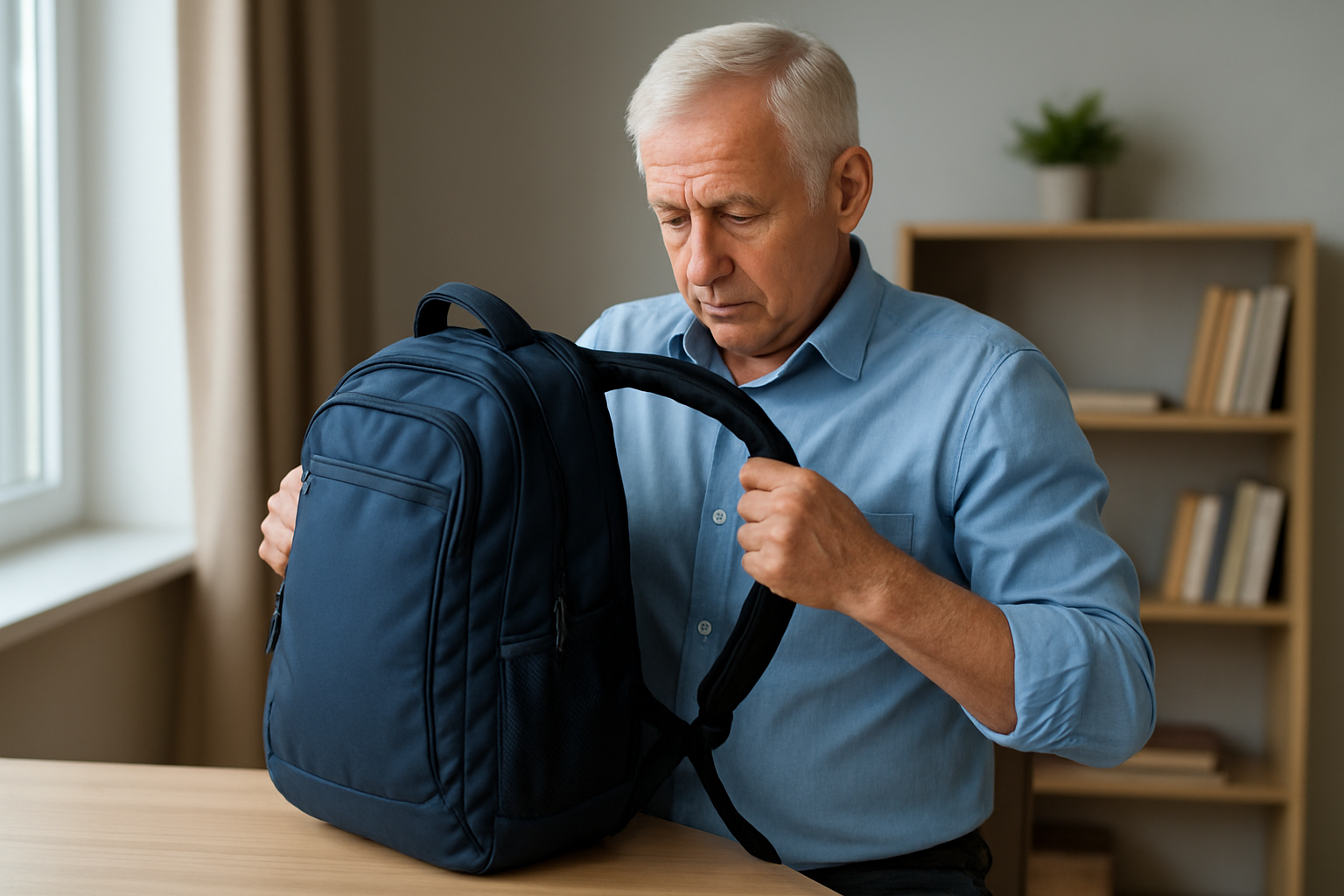
Elaine, 68, loved birding but dreaded the walk back to the trailhead. Her old frameless daypack put pressure on her lower back and shifted with every step. After a Hiking Pack Fit session, she moved to a light internal-frame pack with a contoured hipbelt and repositioned her binoculars and camera in a centered insert. Pressure mapping during testing showed a notable drop in shoulder peak pressure, and on her first three-mile loop she reported feeling “less tugged forward” and far fresher at the car. The pack was also built with durable fabrics and simple stitching that a local shop could repair, extending its usable life.
Sam, 72, has spinal stenosis and uses trekking poles on hilly terrain. He tried a ventilated back panel and found it eased sweat-induced chafing on summer hikes. Still, downhill sections bothered him until we bent the pack’s stays to match his posture and added a thin lumbar shim. Combined with moving his camera lens into a padded cube and water to angled side pockets, his trunk rotation decreased noticeably. In follow-up hikes, he described later-onset fatigue and fewer rest stops. These small, targeted adjustments reflect a core theme: real-world fit plus testing-informed tuning turns “features” into function.
How Hiking Pack Fit Helps You Get It Right
Choosing the right pack is easier with a guide who blends data with dirt-time. Hiking Pack Fit provides real-world tested guidance grounded in thousands of miles of field use and a diverse fit database for backpack recommendations. We track how different frames, belts, and harness geometries interact with body types, from long torsos to curvier hips, and we prioritize durable and repairable packs verified by field tests. If you need specialized pack organization for photo, fishing, or climbing, we shortlist models that carry those unique loads without destabilizing your gait or overloading your lower back.
Here is how our process typically works, whether you hike once a week or once a season:
- Measure: We walk you through torso and hip measurements and posture cues.
- Match: Our fit database identifies packs with compatible geometry and support.
- Validate: We recommend at-home tests using a realistic “trail load,” not pillows.
- Tune: We coach hipbelt tension, load lifter angle, and compression strategy.
- Customize: We suggest backpacks suited to older hikers and essential add-ons for improved comfort.
- Maintain: We favor designs that are repairable and offer simple longevity checks to keep support consistent over years.
This approach solves a common problem: hikers often struggle to find the right backpack design and fit to ensure comfort, stability, and reduced fatigue on the trail. By providing real-world tested guidance, plus a fit database, we help you select and optimize packs that suit individual body types and activities, enhancing comfort and performance.
Below is a quick-fit reference you can use at home to sense-check size assumptions before you head to a store or schedule a virtual fitting.
| Torso Length (base of neck to top of hips) | Common Pack Size Label | Typical Day Hike Volume | Notes for Seniors |
|---|---|---|---|
| 38 to 43 cm (centimeters) | XS/S (extra small/small) | 18 to 24 L (liters) | Look for softer shoulder curves to avoid neck contact. |
| 44 to 49 cm (centimeters) | M (medium) | 22 to 28 L (liters) | Adjust load lifters to a 30 to 45 degree angle under load. |
| 50 to 56 cm (centimeters) | L/XL (large/extra large) | 26 to 32 L (liters) | Ensure belt wings are long enough to wrap the iliac crest bones. |
Remember, labels vary by brand, and the same “medium” can fit differently across models. If your torso length sits at a size boundary, prioritize the model that lets you center the belt on your hips while keeping load lifters in the proper angle range. When in doubt, consult Hiking Pack Fit's fit database resources to inform your choices; a five-minute check can save weeks of trial-and-error and spare your back unnecessary strain.
Final pre-CTA note: If you only change one thing this season, change how you fit the hipbelt. A well-positioned, supportive belt turns a good pack into a pain-reducing system, and it synergizes with every other feature you choose.
Comfortable miles come from smart fit, stable suspension, and small habits that add up.
Imagine stepping onto your favorite trail knowing your pack’s weight flows to your hips, your shoulders feel open, and your stride stays smooth through the final descent.
What will your best backpack for seniors with back issues look like once every mile feels lighter?
Additional Resources
Explore these authoritative resources to dive deeper into best backpack for seniors with back issues.
Find Your Perfect Fit with Hiking Pack Fit
Get real-world tested guidance and access to a diverse fit database to inform pack choices for your body and activity, boosting comfort and performance for hikers, older adults, and specialty users.

